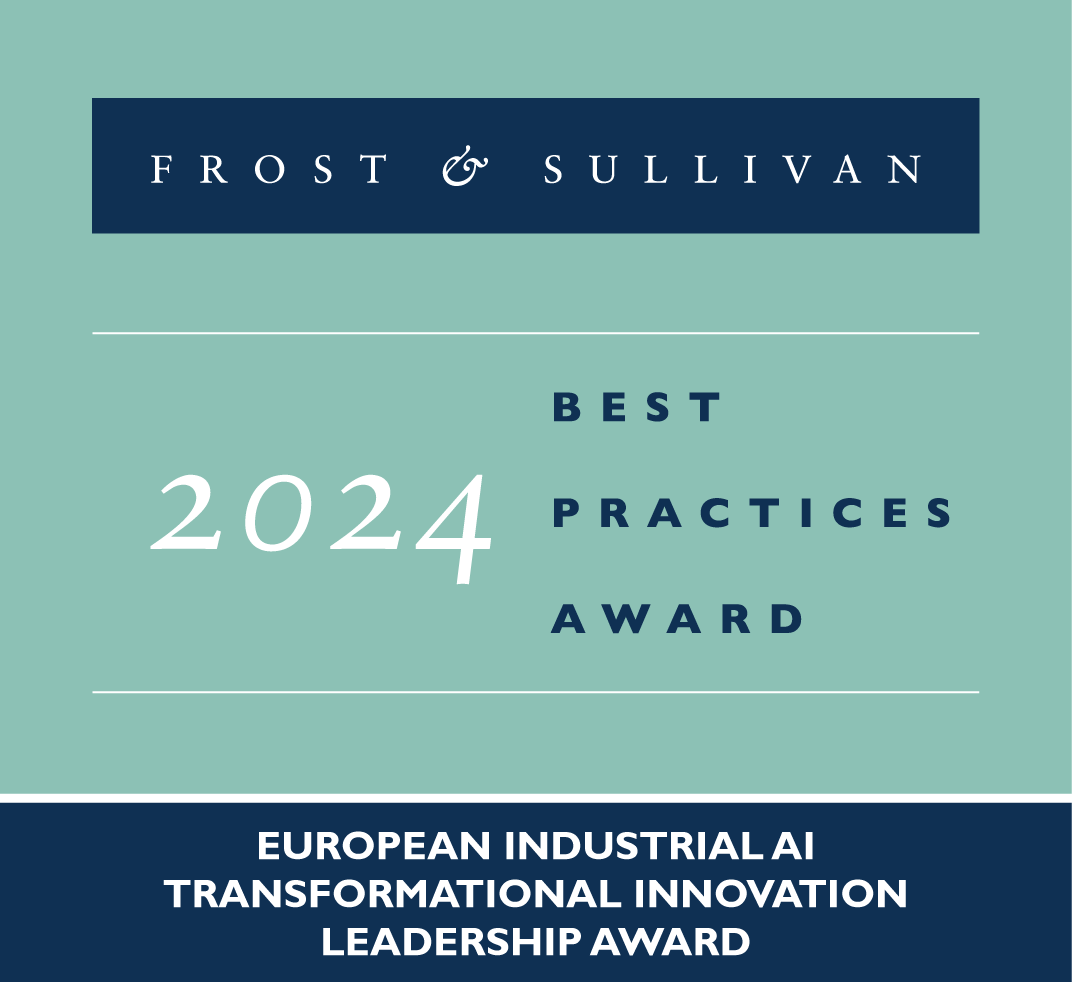The market is driven by developing regions where infrastructure building and automation is a priority
Santa Clara, Calif. – January 28, 2021 – Frost & Sullivan’s recent analysis, Newer Welding Techniques to Enable Growth in the Digital Age, reports that increasing competition in the global welding equipment and consumables market has led manufacturers to focus on energy efficiency, operational excellence and reducing maintenance costs. Amid the uncertain economic conditions caused by COVID-19, the industry is forecast to reach $21.74 billion by 2024, growing at a CAGR of 1.3%. Growth is driven by opportunities from developing regions where infrastructure building, the introduction of new welding technologies, and automation are top priorities.
For further information on this analysis, please visit: http://frost.ly/57c.
“Several new developments in welding technologies and materials are emerging due to an increased focus on energy efficiency from vendors and end-users. Advancements such as the ability to monitor and regulate the weld temperature while in the process are generating highly efficient outputs and better quality. These innovations will reduce operational tasks, improve energy management and extend electrode life,” said Krishnan Ramanathan, Industry Manager, Industrial Technologies Practice, Frost & Sullivan.
Digital transformation is gaining traction in Australia and Singapore as their communications infrastructure is upgraded. This digitalization is expected to propel the welding market as other countries modernize. China, India, and Brazil are also vital for welding equipment and consumables suppliers as they have high energy and infrastructure requirements. However, the development rate is likely to be gradual as economies recover from the impact of COVID-19.
“IIoT is a major trend affecting equipment manufacturers as end-users continue to emphasize on improving their plant maintenance and curb operational expenditure (OPEX),” Ramanathan said. “With the global economy currently experiencing a dynamic environment, manufacturers are striving to improve operational efficiency in their existing plants and are keen to cut down the maintenance and operational costs due to unexpected failure and asset downtime. Realizing that the future of manufacturing is likely to be driven by IIoT, companies today are turning their focus toward data ownership, security, and integration with existing infrastructure, with an intent to achieve returns on their investment in these solutions.”
Welding equipment manufacturers should explore these strategic recommendations to increase growth opportunities:
- Collaborate with technology providers to enhance capabilities and meet varying end-user requirements. Leveraging state-of-the-art technologies and consumables will result in higher-quality welds and cost-savings for end users.
- Expand the business approach by offering the option to rent welding equipment to reduce capital expenditure.
- Continue working with traditional channel partners due to their wide reach while exploring alternative distribution and servicing options.
- Focus on the Middle East, Africa, India, and Southeast Asia regions as these will witness a surge in demand due to increased urbanization.
Newer Welding Techniques to Enable Growth in the Digital Age is part of Frost & Sullivan’s global Industrial Automation Growth Partnership Service program.
About Frost & Sullivan
For six decades, Frost & Sullivan has been world-renowned for its role in helping investors, corporate leaders, and governments navigate economic changes and identify disruptive technologies, Mega Trends, new business models, and companies to action, resulting in a continuous flow of growth opportunities to drive future success. Contact us: Start the discussion.
Newer Welding Techniques to Enable Growth in the Digital Age
K50D-10
Media Contact:
Priya George,
Corporate Communications
M: +91 98403 55432; P: +91 44 6681 4414




